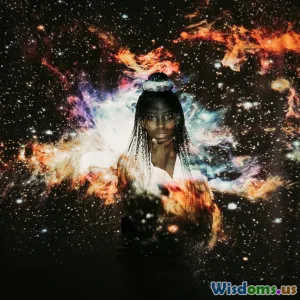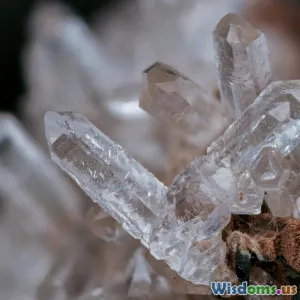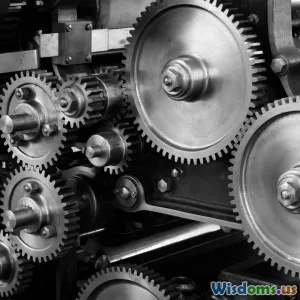
The Life Cycle of Stars: From Birth to Supernova
7 min read Explore the fascinating journey of stars, from their birth in nebulas to their explosive end as supernovae. (0 Reviews)
The Life Cycle of Stars: From Birth to Supernova
The universe is a vast tapestry woven with the light of billions of stars. Each star has a life cycle that spans millions to billions of years, characterized by various stages of birth, growth, and eventual death. Understanding the life cycle of stars not only enlightens us about their formation and evolution but also sheds light on the fundamental processes that govern our universe. In this article, we will explore the stages of a star's life cycle, from the initial formation in nebulas to the spectacular end as supernovae.
1. Stellar Nurseries: The Birth of Stars
Stars are born in regions of space known as nebulas—vast clouds of gas and dust. These stellar nurseries contain the raw materials necessary for star formation, primarily hydrogen, helium, and trace amounts of other elements. Under the influence of gravity, regions within the nebula begin to collapse and condense, forming protostars.
The Protostar Phase
As the gas and dust clump together, the gravitational energy converts into heat, raising the temperature at the core. During this phase, the protostar is still enveloped in a cocoon of gas and dust, making it difficult to observe directly. However, astronomers can detect these young stars in infrared wavelengths, allowing us to study their formation process.
2. Main Sequence Stars
Once the core temperature of a protostar reaches about 10 million Kelvin, nuclear fusion ignites, converting hydrogen into helium. This marks the birth of a main sequence star. The star enters a stable phase where it spends most of its life, balancing gravitational forces with the outward pressure from nuclear fusion.
Characteristics of Main Sequence Stars
The duration a star spends in the main sequence phase depends on its mass. More massive stars burn brighter and faster, lasting only millions of years, while smaller stars like our Sun can remain in this phase for about 10 billion years.
3. Red Giants and Supergiants
As a star exhausts its hydrogen fuel, it undergoes significant changes. In the later stages of its life, the core contracts while the outer layers expand, transforming the star into a red giant. For stars much larger than the Sun, this phase can lead to the formation of a supergiant.
Stellar Nucleosynthesis
During this phase, the core temperature increases, allowing helium to fuse into heavier elements like carbon and oxygen. This process is known as stellar nucleosynthesis. In supergiants, even heavier elements can form, including iron, which plays a critical role in the star's final fate.
4. The Death of Stars: Supernovae
The end of a star's life is as dramatic as its beginning. For massive stars, once iron forms in the core, fusion ceases to produce energy. The core collapses under gravity, leading to an explosive outburst known as a supernova. This catastrophic event is one of the most energetic phenomena in the universe.
Types of Supernovae
Supernovae are categorized into two main types:
- Type I Supernovae: These occur in binary systems where a white dwarf accretes material from its companion star, reaching a critical mass that triggers an explosion.
- Type II Supernovae: These result from the core collapse of massive stars when they can no longer sustain nuclear fusion.
5. The Aftermath: Neutron Stars and Black Holes
The remnants of a supernova can lead to the formation of either neutron stars or black holes, depending on the original mass of the star.
Neutron Stars
If the core's mass is between 1.4 and about 3 solar masses, it compresses into an incredibly dense neutron star, where electrons and protons merge to form neutrons. These stars are often observed as pulsars, rotating rapidly and emitting beams of radiation.
Black Holes
If the core's mass exceeds 3 solar masses, the gravitational collapse continues, leading to the formation of a black hole. Black holes have such strong gravitational pulls that not even light can escape, making them some of the most mysterious objects in the universe.
Conclusion
The life cycle of stars is a breathtaking journey that highlights the dynamic processes at work in the universe. From their humble beginnings in nebulas to their explosive deaths as supernovae, stars play a crucial role in shaping galaxies and enriching the cosmos with heavy elements. Understanding this cycle not only deepens our appreciation for the universe but also informs our knowledge of the origins of planets, including our own Earth. As we observe the heavens, we are reminded that we, too, are made of stardust—an indelible link to the stellar ancestors that forged our existence.
Whether you are a budding astronomer or simply a curious reader, the story of stars is an endless source of wonder and inspiration, inviting us to explore the mysteries of the universe further.
Rate the Post
User Reviews
Popular Posts

















